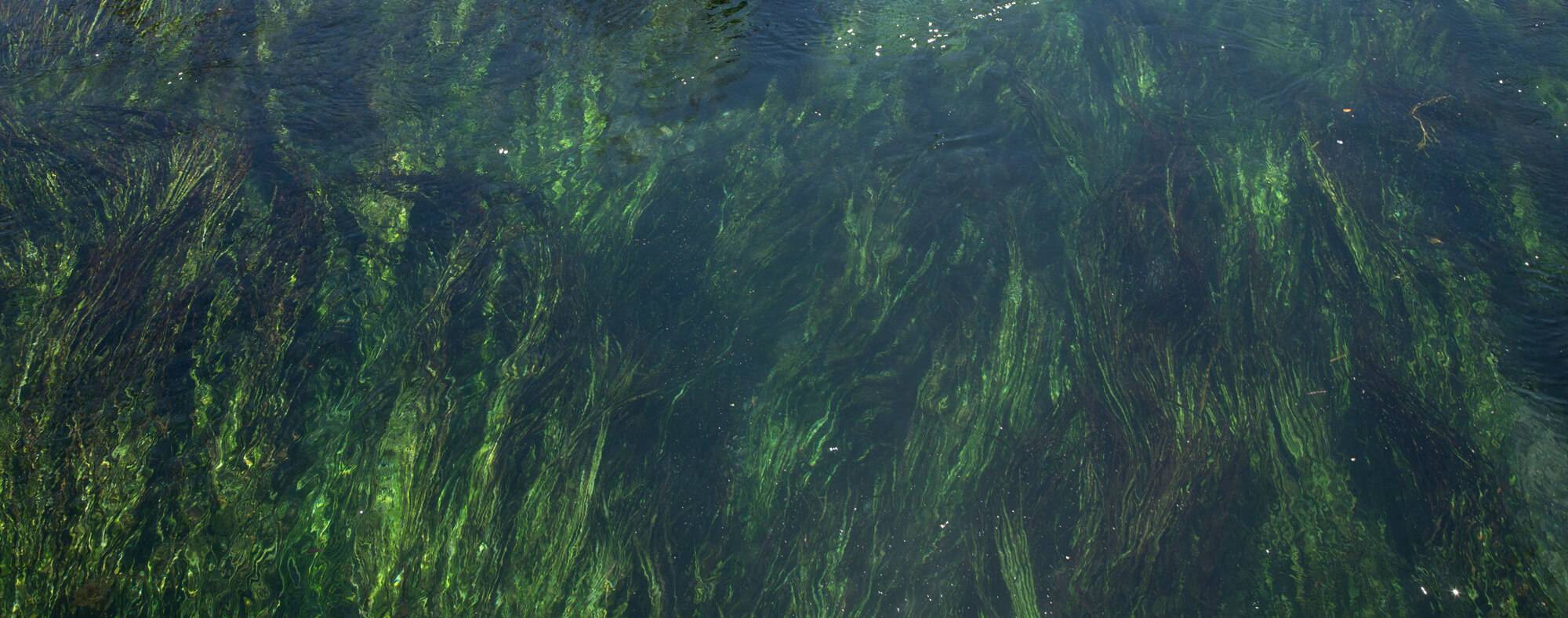Monofilament Finders
Monofilament Finders
Over 2 million people fish in the state of Texas. If we add that all up, Texans spend more than 34,735,000 days fishing annually! Often by accident or neglect, fishing line gets left behind. Modern Fishing gear is very strong and extremely efficient at catching not only the desired fish, but anything else in its path. It can snag on different things, such as rocks or trees or depending on the age, the line can break without warning. It can also be carried away by wind or tossed overboard purposefully. Fishing line is a contributor of nonpoint source pollution, harms species on land and in the water. Because it is made from artificial materials, the line does not break down naturally (biodegrade) and can persist for up to 600 years in the environment.
To fight the battle against the massive amount of monofilament fishing line that ends up in our waterways and environment, Fishing’s Future has established a monofilament awareness program and developed a guide on creating monofilament collection stations to provide a secure means of disposing monofilament line and ensuring it stays out of our water. The best part is anyone can build a monofilament station anywhere in Texas!
Texas Stream Team’s Role in Monofilament Finders
Texas Stream Team has taken the initiative in mitigating the dangers of monofilament line by partnering with Fishing’s Future to help install monofilament collections stations throughout Texas and provide helpful resources. Texas Stream Team is working to restore habitat and protect wildlife across our state by mobilizing a network of trained citizen scientists to remove fishing line and recycle monofilament line. Texas Stream Team citizen scientist are encouraged to pick up any fishing line while out monitoring.
Interested in Partnering?
Please contact txstreamteam@txstate.edu if you are interested in learning more about incorporating Texas Stream Team or Monofilament Finders into your program. We can help with citizen science-based water quality monitoring, environmental assessments, riparian habitat assessments, monofilament removal, and more!
Take Action
-
Find a Local Monofilament Recycling Station Near You
Help keep fishing line out of the environment by disposing of it at a local monofilament collection station.
Don’t see a collection station near you? See the next section below to learn how to build your own station! Or, contact Texas Sea Grant at (979) 845-3854.
-
Build a Monofilament Collection Station
Anyone can build a monofilament collection station! Before building a station, it is important to work with a local landowner, organization, city, etc. to decipher where the station is allowed to be installed, who will install it, and who will service the station. It is important that a station is kept up with so it can be utilized to its full potential.
Watch this video for step by step instructions on how to build a monofilament collection station.
A guide with all the equipment and resources can also be found here.
-
How to Service a Monofilament Collection Station Once Full
Step 1: Safely remove the fishing line in the collection station. It is recommended to wear gloves in the event there are hooks. Carefully remove fishing Hooks, bobbers, and plant material from the fishing line.
Step 2: Separate the monofilament line from other fishing line. Monofilament line is the only recyclable fishing line. Monofilament is a single-strand, high-density nylon line that is used on fishing reels. Monofilament line gives a bit more stretch than other fishing lines and is also thicker than most line. An easy way to ensure the line is indeed monofilament and eligible for recycling, is to test if the line floats.
If the line is not recyclable, it should still be removed from the environment, cut into pieces less than 6 inches long and disposed of properly.
Step 3: Prepare the fishing line to be sent to a recycling vendor. Below is a table with a list of vendors located in the United States who will recycle or upcycle the monofilament line they receive. Be sure to follow their preparation and shipping instructions to ensure your collected line will be recycled.
Contact Information
How to Ship
Mailing Address
Berkley Recycling
Ship monofilament line in an envelope or cardboard box.
1900 18th Street
Spirit Lake, Iowa 51360
Blood Knot Ring
BloodKnotRing@gmail.com
Fill out package dimensions form to receive a prepaid shipping label.
919 W Mulberry, Bloomington IL 61701
-
Report Your Monofilament Data
Texas Stream Team citizen scientist are encouraged to pick up any fishing line while out monitoring and document the findings on the Environmental Monitoring Form.
-
Wildlife Rescue and Rehabilitation Resources
Monofilament line kills wildlife in multiple ways. One hazard is entanglement. The plastic line can wrap around the bodies of different animals making it impossible for them to move. They can die from infection, starvation, predation, or suffocation. Another threat is ingestion. When consumed, the plastic creates a false sense of fullness and animals can die from lack of food.
According to the Environmental Investigation Agency, approximately 90% of seabirds and 56% of marine mammals have been documented ingesting plastic. Filter feeding animals, such as whales and clams, are also at-risk for ingesting microplastics and other toxic substances. This phenomenon has become so widespread that reducing plastic consumption has become a worldwide, high-priority effort.
If you see impacted wildlife, follow guidelines from your local animal rescue operation. Locate additional rehab centers by county here: www.TPWD.Texas.gov
